LATVIJA.FM
Rundāle Palace: Latvia’s Baroque Jewel
Nestled amidst the rolling plains of Zemgale in southern Latvia lies a masterpiece of art and architecture: Rundāle Palace. Often called the "Versailles of Latvia," this baroque and rococo gem stands as a testament to elegance, craftsmanship, and the grandeur of a bygone era. Rundāle Palace is more than just a building—it’s a window into the lives of nobility, a treasure trove of artistry, and a symbol of Latvia’s cultural heritage.
The Birth of a Baroque Masterpiece
Rundāle Palace owes its existence to the ambitions of Duke Ernst Johann Biron, the favorite of Empress Anna of Russia and one of the most powerful men in the Russian Empire during the 18th century. In 1736, Biron commissioned the renowned Italian architect Francesco Bartolomeo Rastrelli—the creative genius behind St. Petersburg's Winter Palace—to design a summer residence befitting his status.
Construction began in 1736 and spanned several decades, interrupted by political upheavals and Biron’s exile. The palace was finally completed in the 1760s, emerging as a dazzling example of baroque and rococo artistry. Its grand halls, intricately decorated ceilings, and sprawling gardens epitomized European aristocratic splendor.
Construction began in 1736 and spanned several decades, interrupted by political upheavals and Biron’s exile. The palace was finally completed in the 1760s, emerging as a dazzling example of baroque and rococo artistry. Its grand halls, intricately decorated ceilings, and sprawling gardens epitomized European aristocratic splendor.
A Walk Through History
Over the centuries, Rundāle Palace has witnessed the rise and fall of empires, survived wars, and endured neglect. During the Napoleonic Wars, the palace was used as a military hospital, and later it became a school and granary during the 20th century. Each chapter in its history has left its mark, adding depth and character to this architectural marvel.
In the 1970s, a meticulous restoration project began, breathing new life into Rundāle Palace. Today, it stands as one of Latvia’s most visited cultural landmarks, welcoming thousands of visitors each year to explore its gilded halls and manicured gardens.
In the 1970s, a meticulous restoration project began, breathing new life into Rundāle Palace. Today, it stands as one of Latvia’s most visited cultural landmarks, welcoming thousands of visitors each year to explore its gilded halls and manicured gardens.
Inside Rundāle Palace: A Feast for the Eyes
Stepping inside Rundāle Palace is like entering a world frozen in time. The interiors are a celebration of opulence and detail, showcasing the skill of craftsmen who brought Rastrelli’s vision to life.
- The Golden Hall: The heart of the palace, this grand ceremonial hall is adorned with gilded stucco work and intricate frescoes. Its dazzling splendor was designed to impress guests and showcase the duke’s wealth and influence.
- The White Hall: A ballroom of ethereal beauty, this room is decorated in pristine white and gold, with sparkling crystal chandeliers adding to its elegance. Imagine waltzing under its ornate ceilings during an 18th-century gala!
- The Duke’s Apartments: These private quarters reveal the luxurious lifestyle of the nobility, with richly furnished rooms and detailed woodwork that exude refinement.
- The Palace Chapel: A serene space of devotion, the chapel features exquisite carvings and frescoes, combining spirituality with artistic mastery.
The Gardens: Nature Meets Art
No visit to Rundāle Palace is complete without strolling through its magnificent gardens. Spanning 10 hectares, the French-style park was also designed by Rastrelli, harmonizing perfectly with the palace’s baroque aesthetic.
The rose garden, with over 2,000 varieties of roses, fills the air with fragrance and color during the summer months. Intricately trimmed hedges, fountains, and tree-lined pathways create a picturesque setting that invites visitors to linger and marvel at the fusion of nature and human creativity.
The rose garden, with over 2,000 varieties of roses, fills the air with fragrance and color during the summer months. Intricately trimmed hedges, fountains, and tree-lined pathways create a picturesque setting that invites visitors to linger and marvel at the fusion of nature and human creativity.
Rundāle Palace Today: A Cultural Treasure
Rundāle Palace is more than a relic of the past; it’s a vibrant cultural hub. The palace hosts concerts, exhibitions, and events that bring its history to life. Its annual Early Music Festival, featuring performances of baroque and renaissance music, is a highlight for visitors and locals alike.
As a UNESCO World Heritage candidate, Rundāle Palace represents the enduring legacy of Latvia’s artistic and architectural heritage. Its preservation is a testament to the dedication of those who value culture and history as essential threads in the fabric of modern Latvia.
As a UNESCO World Heritage candidate, Rundāle Palace represents the enduring legacy of Latvia’s artistic and architectural heritage. Its preservation is a testament to the dedication of those who value culture and history as essential threads in the fabric of modern Latvia.
Plan Your Visit
Located just an hour’s drive from Riga, Rundāle Palace is easily accessible for a day trip. Whether you’re a history buff, an art lover, or simply seeking a serene escape into beauty, Rundāle Palace promises an unforgettable experience.
Why Rundāle Palace Matters
Rundāle Palace isn’t just a building—it’s a symbol of Latvia’s resilience and its place in European history. From its baroque splendor to its stunning gardens, it tells a story of artistry, ambition, and the timeless pursuit of beauty. Visiting Rundāle Palace is more than a journey through space; it’s a journey through time, inviting us to reflect on the legacy of those who came before us.
So, step into the world of dukes and duchesses, of gilded halls and fragrant gardens. Rundāle Palace awaits, ready to enchant and inspire all who pass through its grand gates.
So, step into the world of dukes and duchesses, of gilded halls and fragrant gardens. Rundāle Palace awaits, ready to enchant and inspire all who pass through its grand gates.
